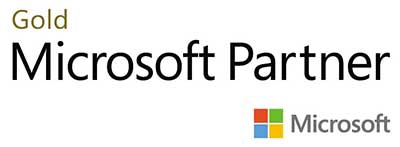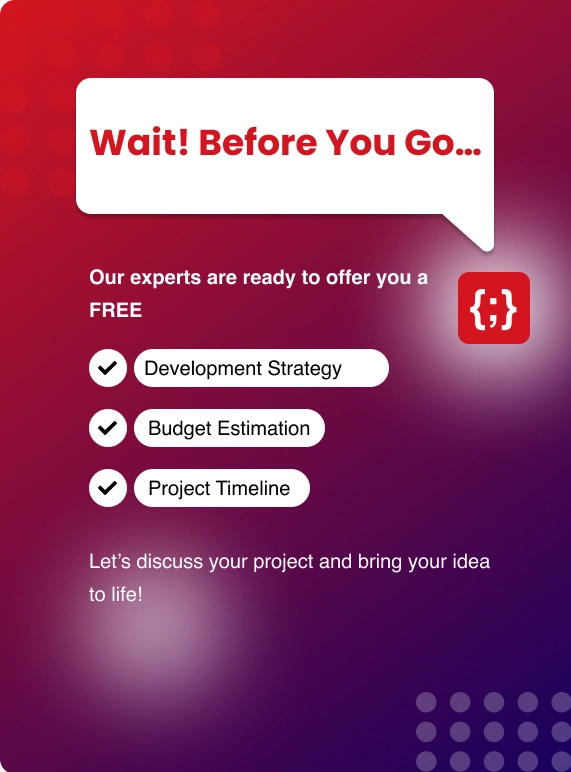.NET MAUI, also referred to as .NET Multi-platform App UI, is a cross-platform framework, developed for creating mobile and desktop apps, using C# and XAML. The official documentation for .NET MAUI is still a work in progress. By using .NET MAUI, one can develop apps for Android, iOS, macOS, and Windows. What’s more? Applications on all these devices can be developed from a single shared code.
Furthermore, .NET MAUI offers an option of adding source codes and resources that are specific to platforms. The primary objective of .NET MAUI is to enable the developer to implement as many resources as possible in a single codebase. .NET MAUI also simplifies the task of .NET developers by offering a single project that supports all platforms such as Android, iOS, macOS, and Windows.
In this article, we’ll be shedding some light on the future of .Net MAUI and everything else you need to know regarding the same.
The applications of .Net MAUI for developers
.NET MAUI enables developers to utilize a simple, cross-platform API to access each platform's native features and UI controls. Thus, developers can create no-compromise user experiences while sharing even more codes than before. Keeping this in mind, let’s shed some light on the applications of .NET MAUI for developers.
● With the use of Visual Studio, developers can create cross-platform apps in XAML and C# from a single source.● UI layout and design can be shared between platforms.
● Code, tests, and business logic can all be shared across platforms.
How does ..NET MAUI work?
.Net 6 is used for developing apps, is include many platform-specific frameworks, even .NET for Android, iOS, macOS & Windows UI(WinUI) library. The .NET 6 Base Class Library (BCL) is available to all these frameworks. The intricacies of the underlying platform are abstracted from the code by this library.
The .NET runtime is used by the BCL to provide the execution environment for the programs. Mono, which is a .NET runtime implementation, implements the environment for Android, iOS, and macOS. WinRT serves the same purpose on Windows because it is optimized for the Windows platform.
.NET MAUI is a single framework for creating mobile and desktop app user interfaces. While the BCL enables applications operating on different platforms to share common business logic, each platform has its means of defining an app's user interface, as well as separate models for determining how the pieces of a user interface communicate and interact.
Developers can create a different UI for each platform using the proper platform-specific framework (.NET for Android,.NET for iOS,.NET for macOS, or WinUI). However, coders are of great essence here and are required to maintain a code base for each device family.
Also Read: Why Choose .NET Framework for Web Development
What does .Net maui bring to the table?
.NET development provides tons of controls to display data, perform actions, indicate any activity, select data, and many more. In this section, we’ll be shedding some light on everything that .NET MAUI offers.
● .NET MAUI offers an advanced layout engine for creating pages.● Multiple types of pages are available for developing rich navigational elements such as drawers.
● Data-binding is supported, which leads to more elegant and maintainable development methods.
● .NET MAUI provides users with the ability to customize handlers to improve the presentation of UI components.
● APIs for accessing native device features that are cross-platform are offered as well. Apps can use these APIs to get information from the GPS, accelerometer, battery, and network states.
● A cross-platform graphics library with a standard API for different platforms, allowing coders to reuse their 2D drawing code between platforms or mix and match graphics implementations in a single project.
● A single project system that supports Android, iOS, macOS, and Windows via multi-targeting.
● .NET hot reload, which allows developers to modify their XAML and managed source code while the program is running and see the results without having to rebuild it.
.NET MAUI essential Requirements
Here’s a list of a few essential requirements to use .NET development:
● Availability of sensors such as compass and accelerometer on devices. Not just access to the sensors, but these sensors must also be enabled on the devices.● The ability to monitor and identify changes in the device's network connectivity.
● Give details about the device on which the app is running.
● Ability to copy and paste text to the system clipboard when apps are running.
● Select multiple files from the device.
● To read text from the device, by using the built-in text-to-speech engines.
Single project developer experience
Developer productivity is prioritized in .NET development, which includes a project system and cross-platform tooling. The .NET MAUI project structure is simplified into a single project that targets many platforms. With a single click, coders can deploy to whatever target they want, including their desktop, emulators, and simulators.
With built-in cross-platform resources, one can upload any pictures, add fonts, or translate files to a single project. .NET MAUI sets up native hooks for developers so that they can focus on coding. Developers can upload source code files for a certain operating system and use the native APIs under platforms.
This provides the following benefits:
-
One project for a variety of platforms and devices.
-
Fonts and graphics can be managed from a single location.
-
All platforms are within reach once the coders grasp the approach to building client apps using the .NET MAUI technique.
What does the future hold for xamarin and cross-platform app development?
MAUI will help Xamarin app development compete against Flutter and React Native and strengthen Microsoft's position in the cross-platform app development tools industry. It's crucial to grasp the distinction between Xamarin and Xamarin.Forms before diving into what MAUI means for developers.
Xamarin adds tools and libraries to .NET to help developers create mobile apps for iOS, Android, and Windows. Microsoft's Xamarin.Forms is a cross-platform framework for creating mobile apps from a shared single code base. Xamarin.Forms share a lot of similarity with .NET MAUI. However, a basic difference between them is that through .NET MAUI, one can create apps for multiple platforms by using a single project.
.NET MAUI provides improvements in inner-loop development
One of the most common concerns among Xamarin app developers is that build and run times may be excruciatingly slow in the age of quick updates and continuous delivery. Developers nowadays expect to see the results of code changes almost instantly. App developers must be able to check detailed changes as soon as possible.
When modifying codes, no one wants to have to wait for the entire build process to see if a button's new margin value is accurate or if a code patchworks. The Xamarin app development team has been working to improve the development cycle in recent years, but it still lags behind Flutter and React Native.
MAUI offers features that are familiar to mobile developers from other development tools. These capabilities allow developers to observe changes they have made in an existing running project without having to rebuild it. Developers will be more productive as a result of this and will be less prone to lose focus while waiting.
SINGLE PROJECT INTERFACE
The structure of a Xamarin.Forms built cross-platform app nowadays is made up of a single platform-independent project and distinct project files for each platform that is, Android, iOS, Windows, and more. If one is working on a mobile app for iOS and Android, for example, they will need to build and work in three different project files.
This isn't a major issue for a seasoned Xamarin developer, but it is inconvenient for many. When it comes to adding platform-specific features and making them accessible to the cross-platform layer, first-time Xamarin developers may be confused. With .NET MAUI, developers can create both cross-platform and platform-specific code from a single interface and project file.
You may also like: ASP.NET Core vs. ASP.NET MVC5
RESOLVING APP PERFORMANCE ISSUES
Xamarin apps are known for having speed concerns, especially when it comes to app loading time. Microsoft has been working on improving the startup times of Xamarin applications for several years. It is designed to be faster, more extendable, and more practical than its predecessor. MAUI also continues to benefit from any .NET platform performance enhancements.
XAMARIN.FORMS ARE GETTING OUTDATED
Xamarin.Forms are coming to an end. Hence, the developers might be keen to know how to move their existing Xamarin.Forms app to .NET MAUI. To resolve this, Microsoft promises that a simple migration path is under development that won't require app developers to rewrite their existing Xamarin code.
Bottom Line
To conclude, Xamarin is the platform while Xamarin. Forms is a feature. .NET MAUI is an open-source, cross-platform framework for developing mobile and desktop apps with a single, common C# codebase just like Xamarin. Forms. Android, iOS, macOS, and Windows will all be officially supported by Microsoft. MAUI also promises improved performance and tighter integration with other Microsoft tools and services.
.jpg?lang=en-US&ext=.jpg)

.webp?lang=en-US&ext=.webp)

.webp?lang=en-US&ext=.webp)

